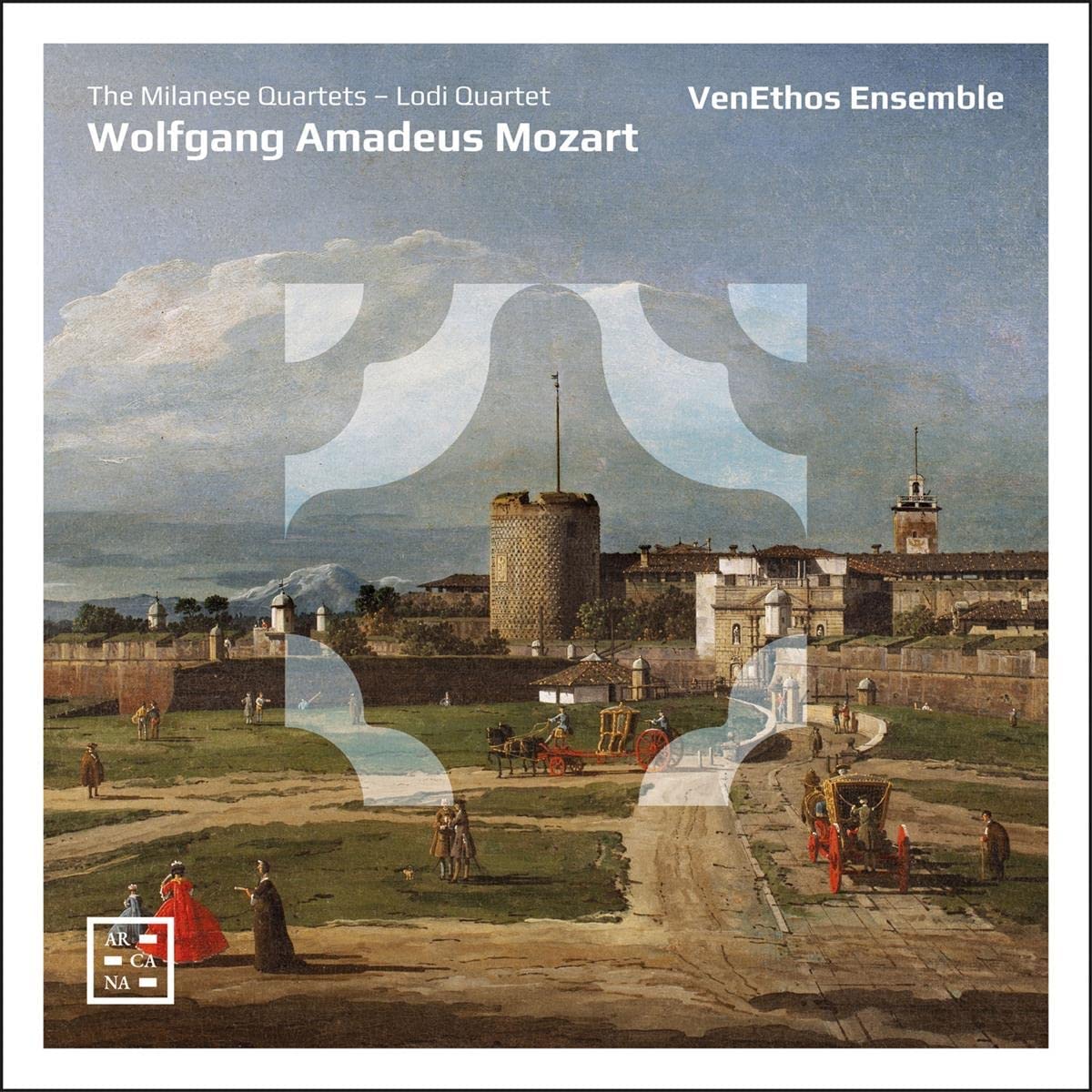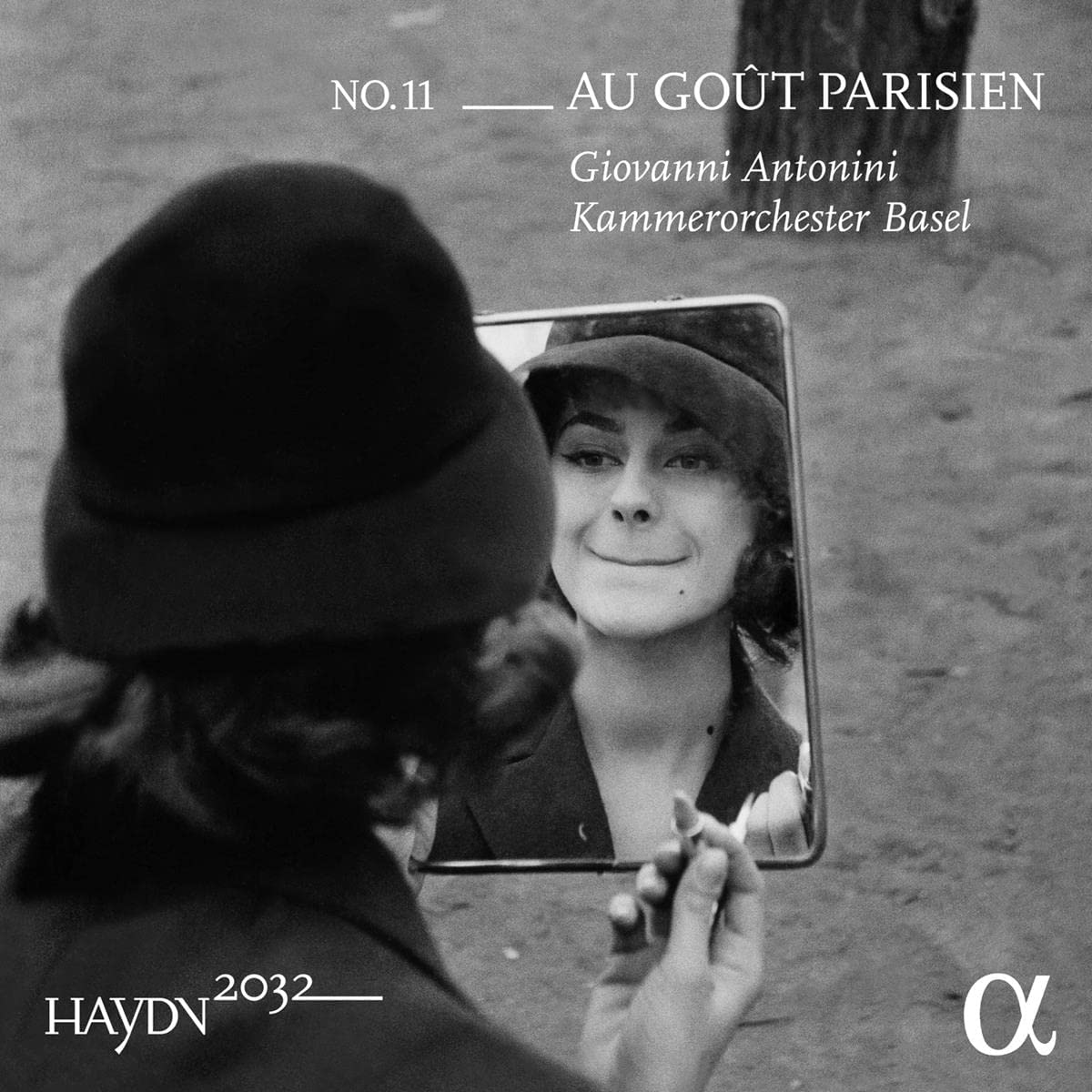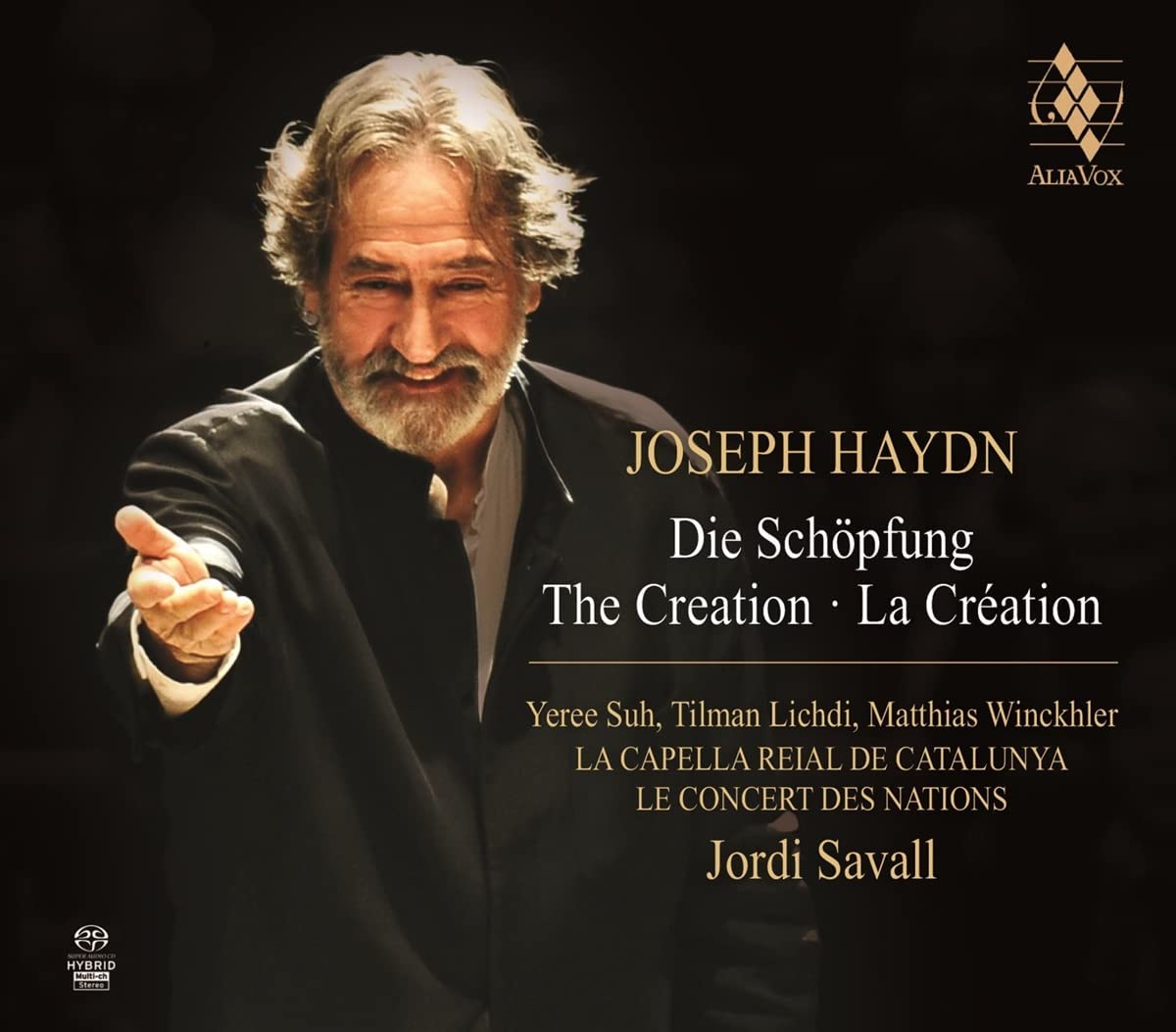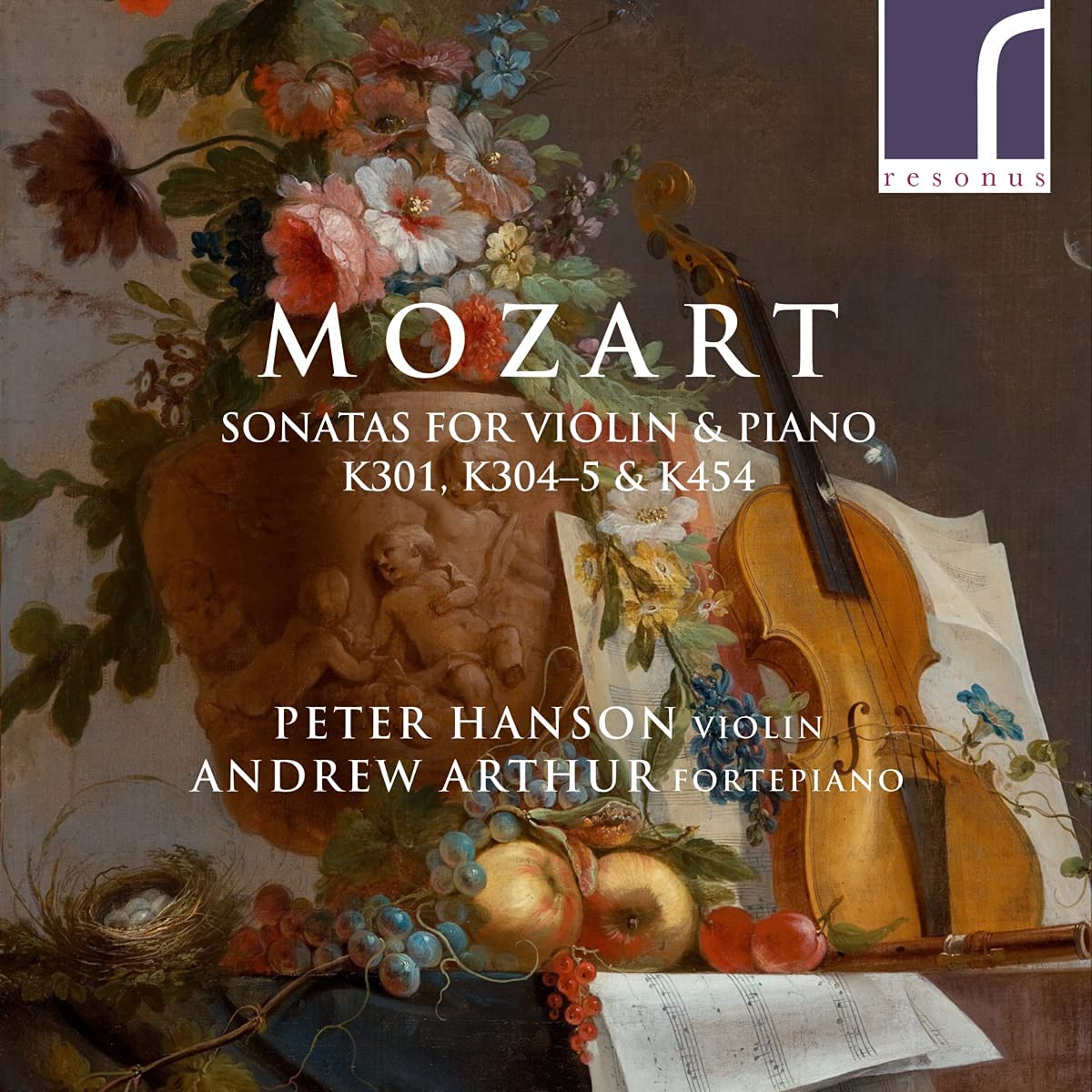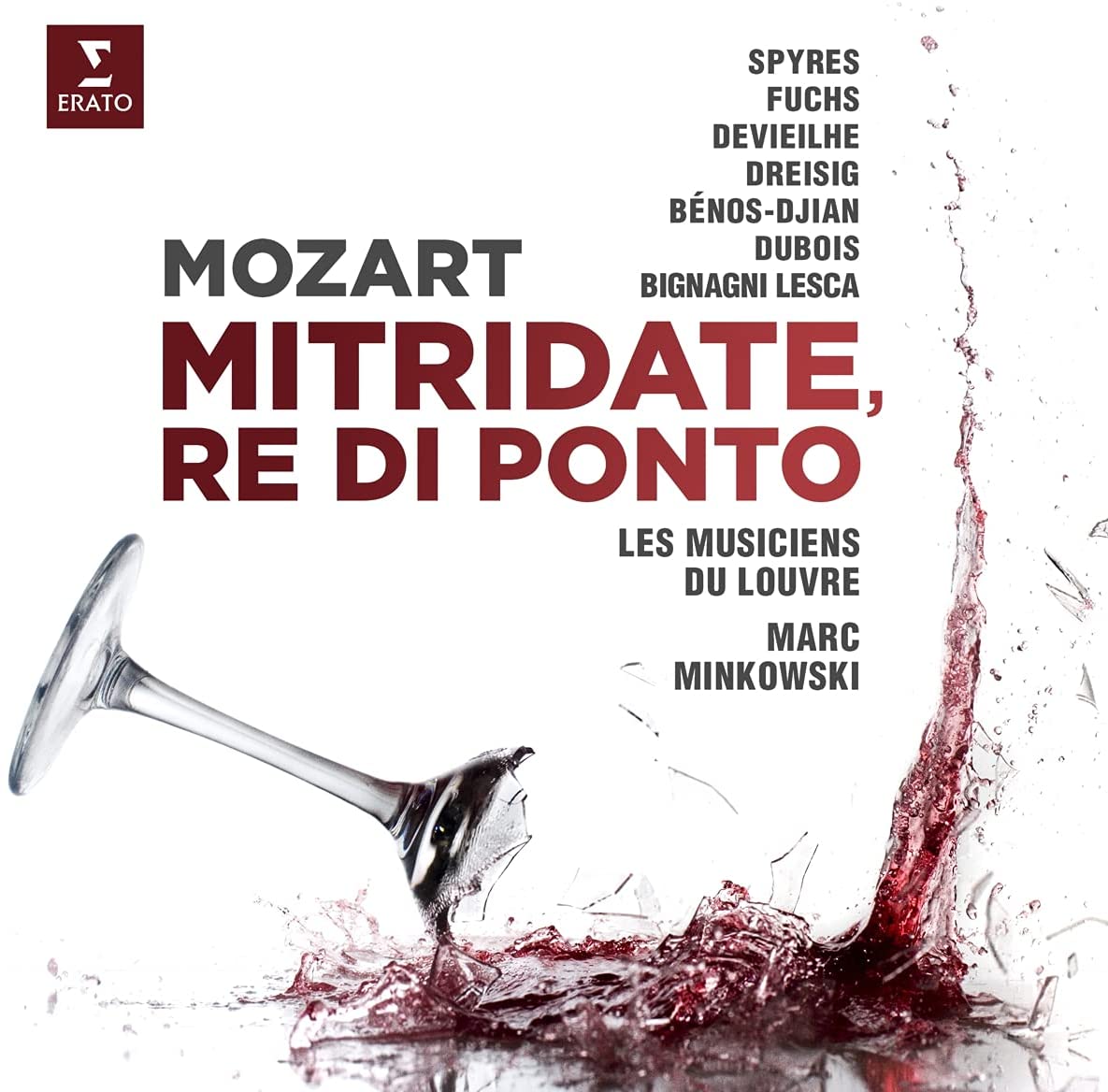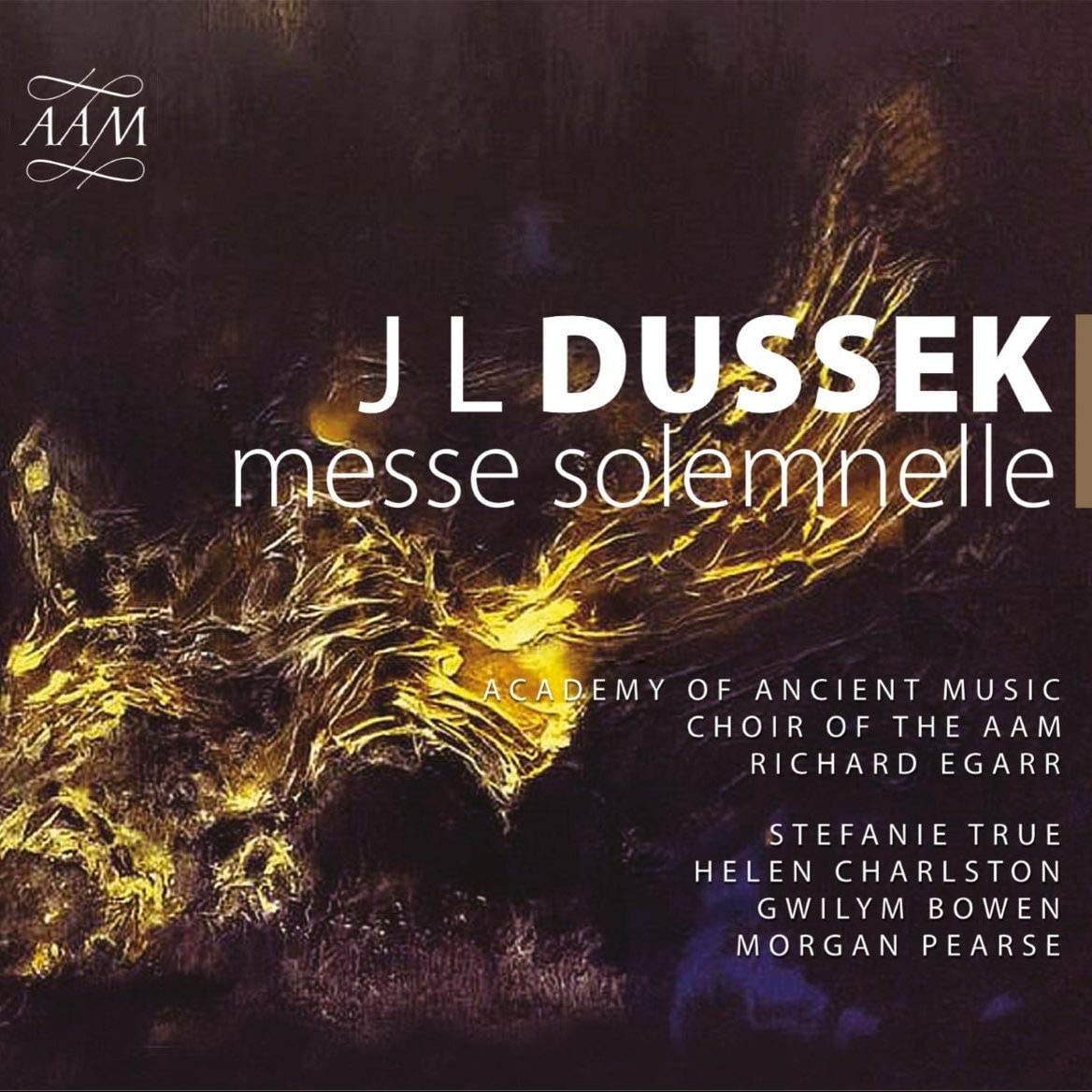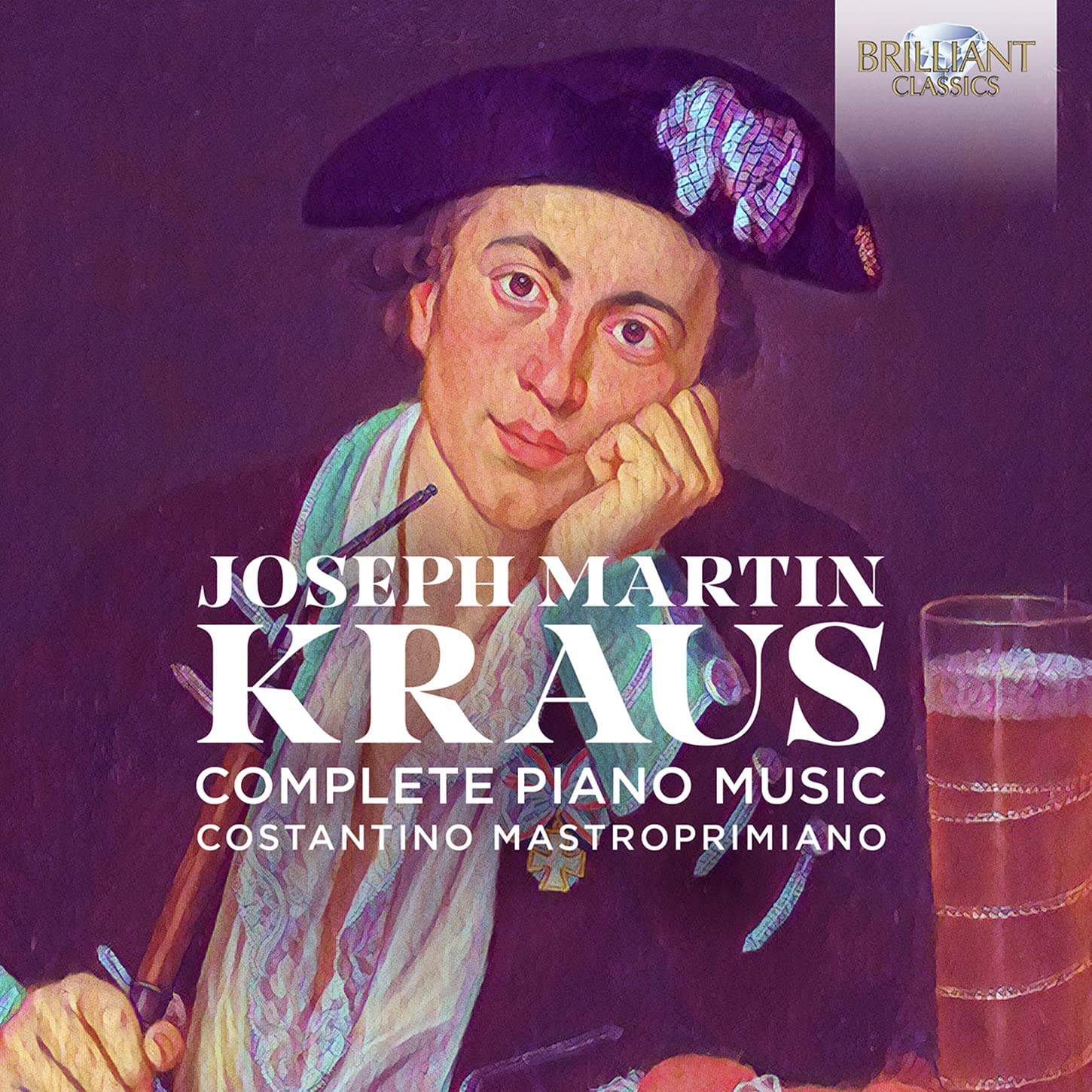VenEthos Ensemble
92:00 (2 CDs in a card folder)
Arcana A497
Click HERE to buy this recording on amazon.co.uk
[These sponsored links are the only way you can support this FREE site]
As with most genres to which he contributed. Mozart came early to the string quartet, itself a relatively new form for which ‘father’ is a more appropriate appendage for Joseph Haydn than that of ‘father of the symphony’. What is perhaps surprising is that Mozart’s initial attempts at the form should have taken place on the two Italian journeys he undertook with his father during his teens. Surprising because they were composed at a time when Mozart was concerned with fulfilling opera commissions, but still more so because we know of no commission(s) for the so-called ‘Lodi’ Quartet, KV 80 or the six quartets KV 155 to 160 of late 1772 and early 1773 known as the ‘Milanese’ quartets, all but one having been composed in that city where Mozart would be involved in the staging of his opera seria, Lucio Silla.
With the exception of the four-movement KV 80, which has a Rondo finale added later, Mozart’s earliest essays in the quartet medium all have three brief movements. That the form was still to some degree experimental is suggested by the reversal of the expected order of movements in KV 80, which opens with an Adagio and KV 159 in B-flat, which starts with an Andante. The B-flat Quartet, the fifth of the set composed in Milan in early 1773, is indeed by a fair margin the most striking of these works, showing the teenage Mozart handling his material with a new-found sense of confidence. The gracious theme of the Andante finds room to hint at feelings below the surface, perhaps in the semi-serious style of some of the arias in his early buffo operas. The following Allegro, bright and rhythmically incisive, admits to an enhanced sense of drama, particularly in the development, while the concluding Allegro grazioso is a rondo with an innocent tick-tock main subject and an episode making surprising use of a chromatic glissando.
Of the remaining quartets, odd moments serve to give clues as to the composer the young Mozart would become in the near-future. The opening Adagio of the G-major Quartet, KV 80, dated Lodi, 15 March 1770, is in the fashionable sentimental style and owns to an unexpected depth and concentration, while the opening Presto of the Quartet in G, KV 156 demonstrates an increasing capability in handling the string quartet texture as does the greater interest given to the viola and a generally darker texture in the succeeding Adagio, a movement that replaced a simpler original (both movements are included on the present set). Greater interest in genuine part-writing can be found in the central Andante of KV 158 in F, which lays out imitative entries before reverting to a more homophonic texture.
In general terms however these are unremarkable works that with the arguable exception of the B-flat Quartet would probably not attract much attention had they a lesser name attached to them. The performances presented here by the Treviso-based VenEthos Ensemble are capable and pleasing enough but bring no special insights to the music and although technically proficient are not constantly tonally ingratiating. Mozart’s double-bar repeats at the end of sonata form movements are not observed but that is probably a sensible decision given that the music is not strong enough to give them purpose. Anyone wanting to explore Mozart’s earliest essays in a genre to which he would bring so much distinction will not go far wrong, although I seem to recall the Festetics Quartet on Hungaroton brought a little more to these works.
Brian Robins
